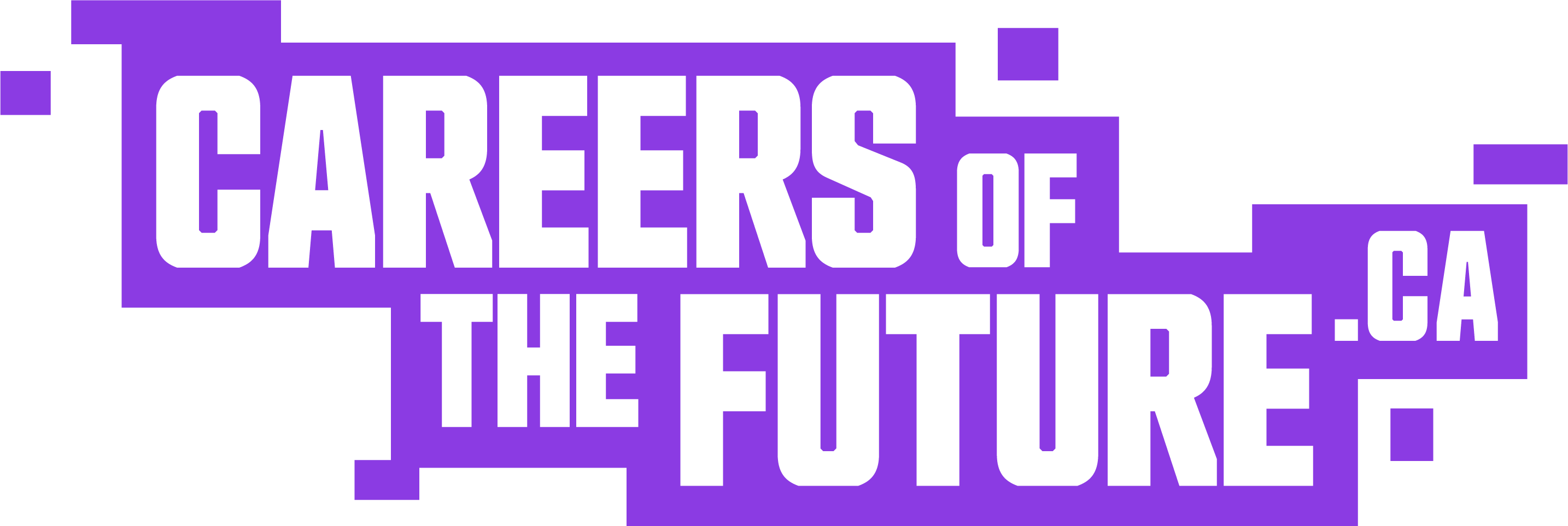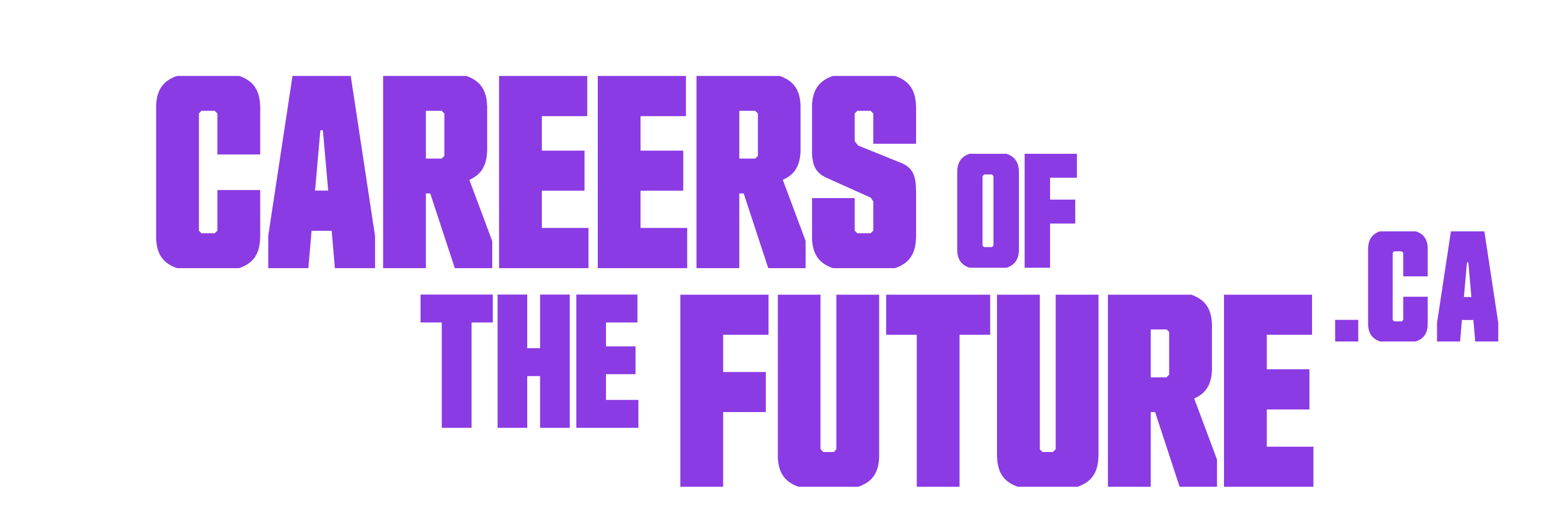Additive manufacturing (AM) is just a fancy industry name for 3D printing. It’s a computer-controlled process of depositing material (eg. plastic, ceramics, metals) in precise layers, and building up a three-dimensional object. It’s the opposite of how things are usually made—removing material (like carving a piece of wood to make a chair leg). With this technology, we can also scan objects, improve them in a virtual model using digital twins and computer-aided design, reimagine them in VR, and then make them real, or recreate unique or complex parts that aren’t made anywhere else. Plus, complex machine parts typically made out of several pieces, can now be redesigned and fabricated as one, which can make them more efficient and durable. 3D printing is an advanced manufacturing technology helping us imagine products or machine parts in a way that spares the time, trouble and expense of building it—producing a prototype or real life object in a matter of minutes. Anything that saves time and money is a future growth opportunity for those who love designing, tinkering, or inventing things.
Additive Manufacturing & 3D Printing
Did you know?
Canadian physicist Hugh LeCaine invented the electronic synthesizer in the mid-1940s.
Outcomes & Solutions
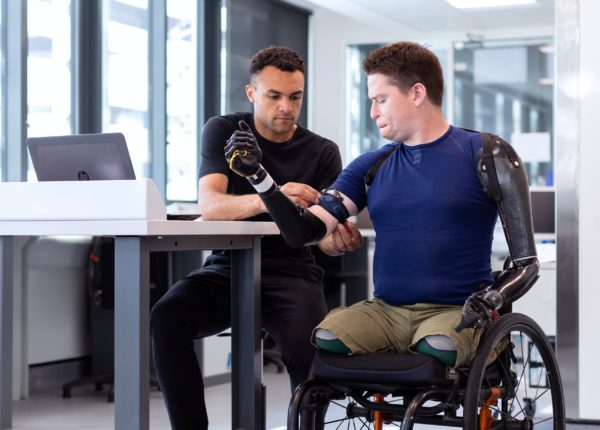
Personalized Medicine
3D printing is already revolutionizing surgical procedures. 3D simulations and models can help doctors practice and prepare for surgery, by printing out proportionally accurate models of a patient’s specific anatomy and even creating customized surgical tools. Doctors can also design patient-specific implants (eg. knees and hips) and we’re very close to printing out artificial organs using a patient’s own DNA.
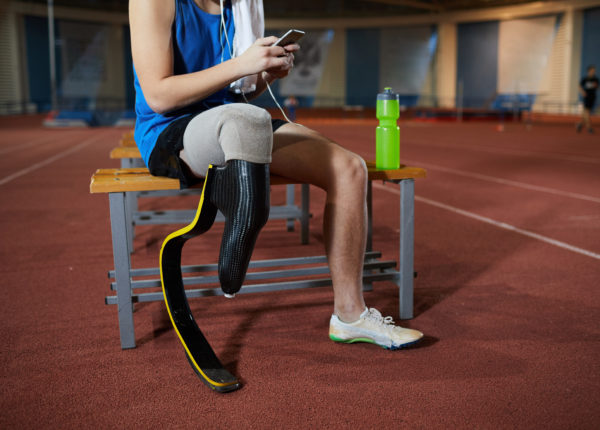
Helping People Walk, Again
Additive manufacturing medical breakthroughs are being made in the world of artificial limbs, joints, and bones. 3D printing provides custom patient solutions, resulting in shorter and easier medical procedures, recovery times, and a better quality of life.
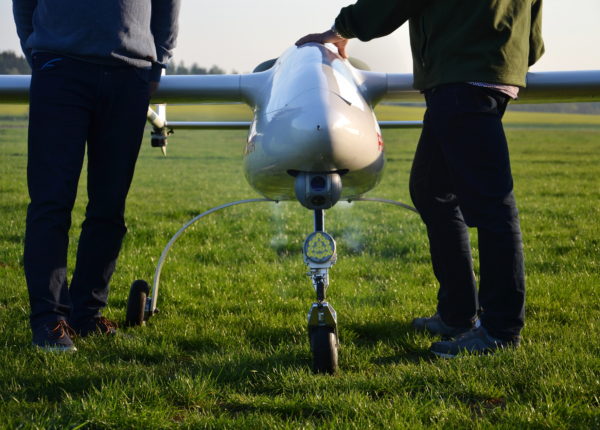
More Sustainable Aircraft
3D printing allows for the production of custom parts that can be made stronger but with significantly lighter materials. With these technologies, we can cut the weight of a plane by more than half, which means it can be powered by electric, hydrogen and even solar power. This will allow the aviation industry to significantly cut their emissions.
Careers Using this Technology
Product Designer
Ideal candidates for this career enjoy problem solving, envisioning, and creating solutions that can have a positive impact. As a product designer, you’d be the boss in the product-creation process—using technical and human-centered design to imagine new products, improve existing ones, or manufacture them for greater safety, lower cost and reduced environmental impact. For example, a product designer in the aeronautics industry might explore different metals, materials, designs, and green technologies to help make airplanes lighter, so they require less fuel and cause less harm to the environment.

Manufacturing Technician
Possesses a blend of technical and mechanical skills that are put to work to optimize how things are made. As a manufacturing technician you’d help businesses improve the quality of their output while working closely with teams on the manufacturing floor. Challenges might include optimizing how equipment is running, identifying the best opportunities for using 3D printing, finding ways to minimize the environmental footprint of manufacturing processes, and coming up with solutions to improve product quality. Manufacturing technicians find abundant job possibilities in automotive, consumer electronics, computer or cellphone manufacturing, aerospace, light or heavy engineering, medical device, and pharmaceutical sectors – actually in all types of manufacturing.
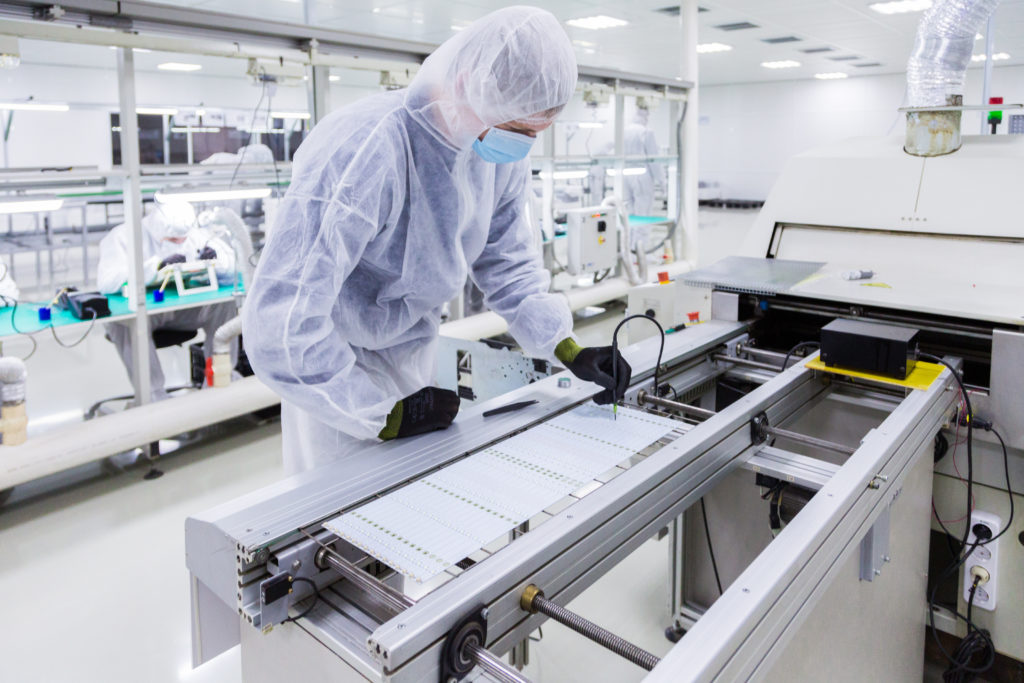
Biotech Researcher
Studies both plant and animal life at the molecular level to understand their place in nature. These researchers are keen to help improve our lives by performing important research that leads to new discoveries that help us all. As a biotech researcher, you could be at the cutting edge of 3D printing in the field of biomanufacturing and bio-medicine, paving the way for medical advances like new cancer treatments, alternative medicines, or groundbreaking vaccines. You might also work to create new genetically engineered resources that impact how we grow food and medical ingredients, or even generate microbes to clean up oil spills and restore wetlands. This role is for those who show exceptional concentration, have disciplined, methodical study habits, and want to make a difference through science.

